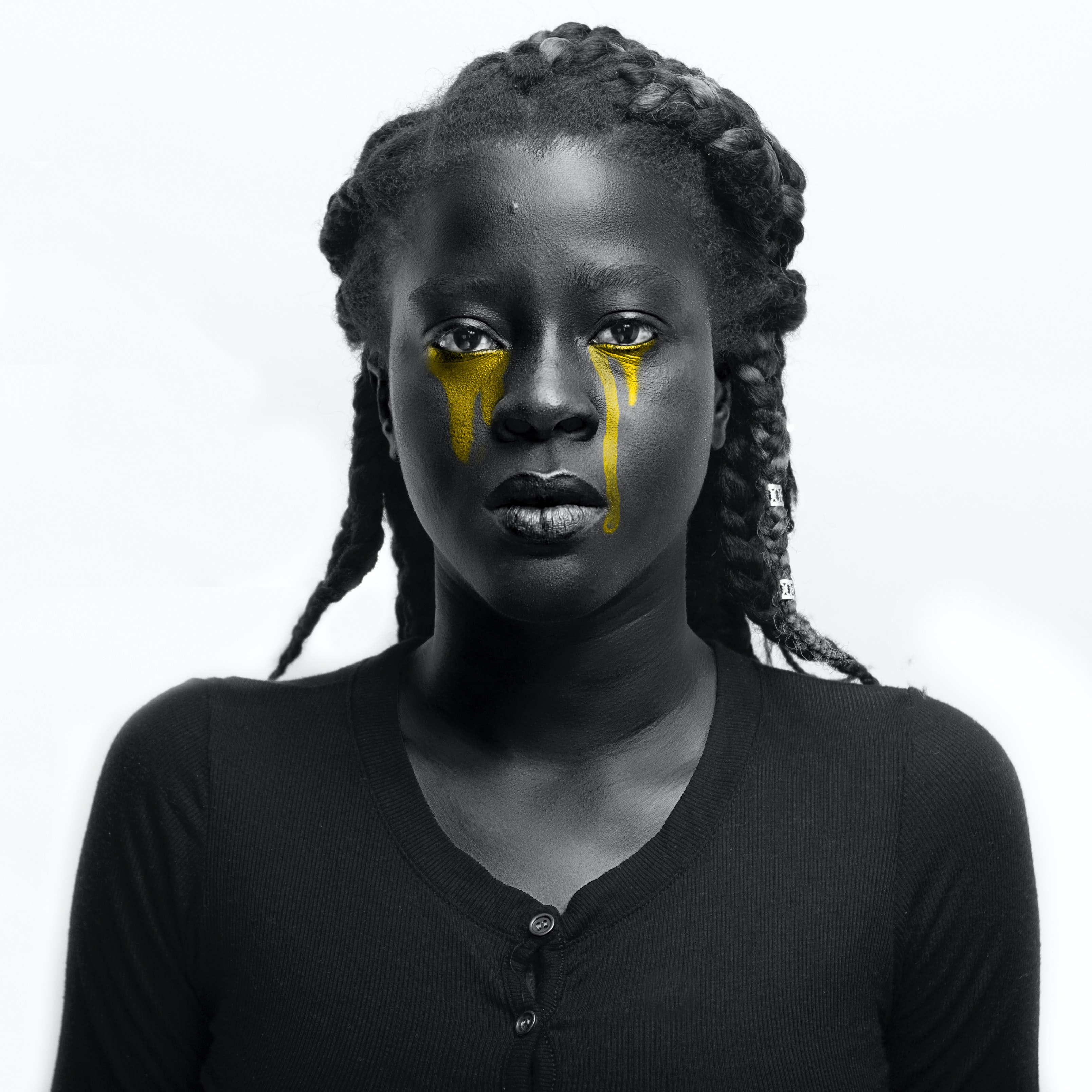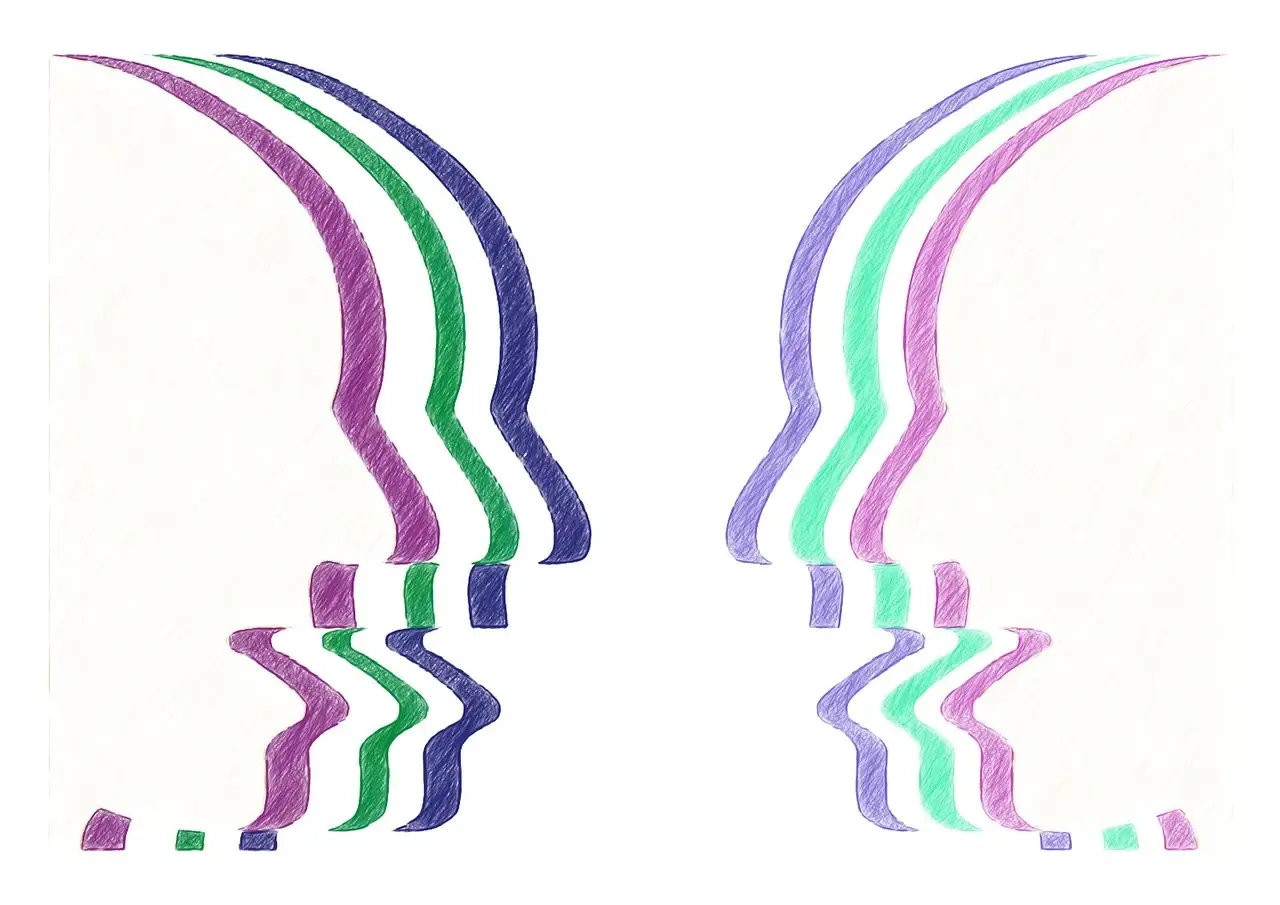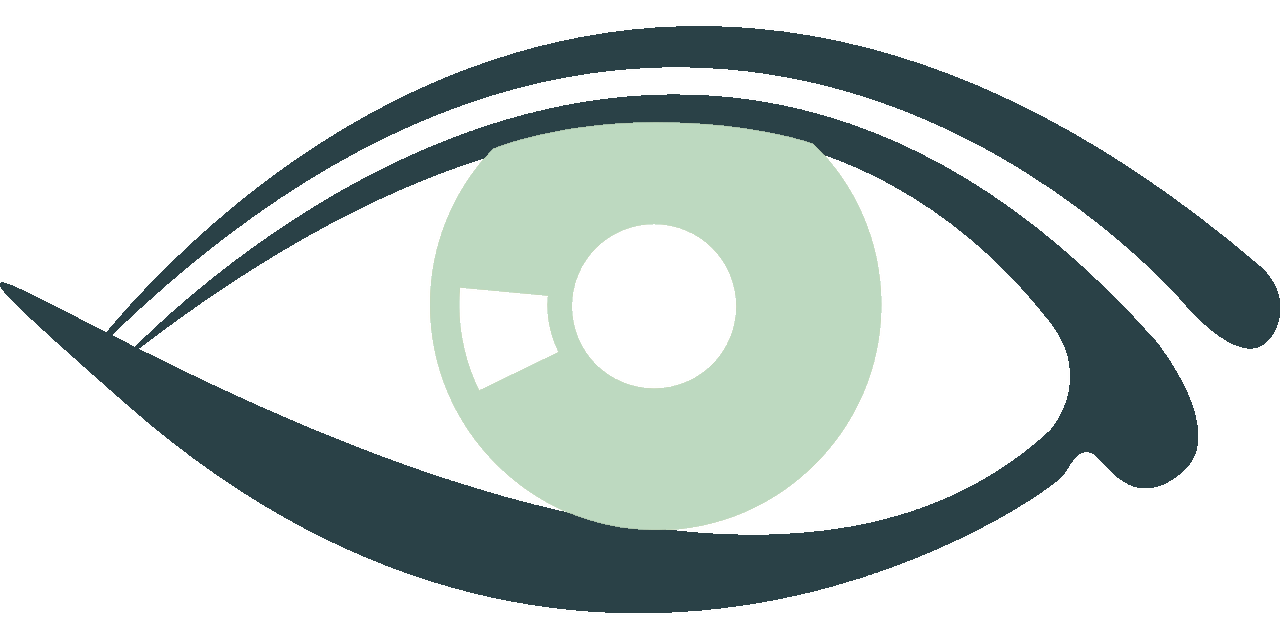What is it?

The Science
Colour blindness, also referred to as Colour Vision Deficiency (CVD), does not usually affect the clarity of vision, but the ability to see certain colours fully or differentiate between them. Colour blindness is usually genetic and inherited from parents, carried on the X chromosome. However, it can develop later in life and be caused by other underlying health issues, rare side effects of medication, and exposure to harmful chemicals. Within the eye there are rods and cones which are the light-sensitive cells, found in the retina. Cone cells are the ones that help to perceive different colours and there are three different cones which have different sensitivities to different wavelengths of light. The L-Cone for longer wavelengths (red), The M-Cone for medium wavelengths (green), and the S-Cone for short wavelengths (blue). Colour blindness occurs when one or more of the cones are partially or completely defective.

Who Does it Affect?
Despite colour blindness often being passed down by the mother on the X chromosome, more men suffer from colour blindness that women. The NHS states that colour blindness affects 1 in 12 men, compared to 1 in 200 women. Colour Blind Awareness, a community interest company, state that there are over 250 million people that suffer with colour blindness worldwide, which equates to 8% of men and 0.5% of women. The most common type of colour blindness is red-green colour blindness. According to the Colour Blind Awareness, for the 8% of men suspected to suffer from colour blindness, it is suspected that the split is approximately 1% deuteranopes, 1% protanopes, 1% protanomalous and 5% deuteranomalous. Only half of the people that suffer with any form of colour blindness are expected to have moderate or severe level of colour blindness, or colour vision deficiency.

nomaly vs. nopia
You will often see the types of colour blindness be referred to with two different endings, ‘nomaly’ and ‘nopia’, for example Deuteranomaly and Deuteranopia. ‘nomaly’ within the name refers to those that suffer with Anomalous Trichromacy which is where all three of the cones are used to perceive light and colour, but one cone will be slightly faulty or out of alignment. For example, Deuteranomaly, is a reduced sensitivity to green light. ‘nopia’ within the name refers to those that suffer with Dichromacy. This is where only two of the cones in the retina are able to perceive light. For example, people that suffer with Deuteranopia are completely unable to see green light.
